In this article, we will take a look at some of the typical and most common Chinese radicals.
Importance of Learning Chinese Radicals
Unlike in European languages, in Chinese, words are represented by characters.
Statistically, there are around 3500 commonly-used Chinese characters. And from time to time, Chinese learners get “awe-struck” when facing some of the complicated characters.
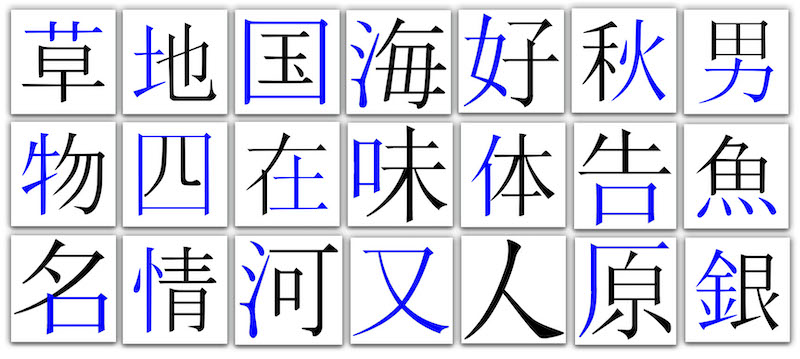
However, there is no need to panic. In fact, there is a strong logic behind many Chinese characters. Especially when you pay attention to the radical of a character as it, to a certain extent, insinuates the meaning of the character. Radicals play an important role in learning Chinese characters. They more or less help Chinese learners remember characters more efficiently. And there are only 214 (+/- a few, depending on the sourse) Chinese radicals, altogether.
1: “Mouth Radical”, 口
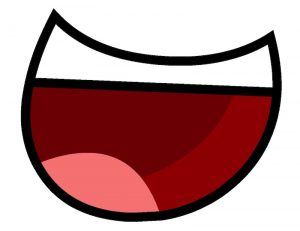
The ‘mouth’ radical is one of the most common radicals that you may come across when learning Chinese characters. It usually forms the left part of a character. Judging by the meaning of its name, we can easily tell that characters containing this radical are mainly verbs related to the use of your mouth. Some of the basic characters would be “吃 (chī) – to eat”, “喝 (hē) – to drink”, “咬 (yǎo) – to bite”, “唱 (chàng) – to sing”, etc.
If you pay attention to the right part of the last character “唱 (chàng)”, you may notice that its right part is formed by an individual character, which is “昌(chāng)”. The pronunciation of these two characters are quite similar to each other, and the only different is that they have different tones. In Chinese, there are a lot of characters like “唱(chàng)”, in which the radical represents the meaning of the character, and the other part represents its pronunciation.
2: “Hand Radical”, 扌
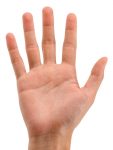 Yet another popular radical, that you can often see in books or newspapers, is ‘hand’ radical, 手 or 扌. Characters containing this radical usually represent actions that involve using your hands. Some of the typical examples would be: “打(dǎ) – to hit”, “扔 (rēng) – to throw”, “拍 (pāi) – to pat”, etc.
Yet another popular radical, that you can often see in books or newspapers, is ‘hand’ radical, 手 or 扌. Characters containing this radical usually represent actions that involve using your hands. Some of the typical examples would be: “打(dǎ) – to hit”, “扔 (rēng) – to throw”, “拍 (pāi) – to pat”, etc.
3: “Water Radical”, 氵
 The water radical consists of three strokes, which resemble three drops of water. It’s not hard to deduce that characters containing this radical represent liquid-related nouns and verbs such as “河 (hé) – river“, “洋 (yáng) – ocean”, “汁 (zhī) – juice)”, “洗 (xǐ) – to wash”, etc.
The water radical consists of three strokes, which resemble three drops of water. It’s not hard to deduce that characters containing this radical represent liquid-related nouns and verbs such as “河 (hé) – river“, “洋 (yáng) – ocean”, “汁 (zhī) – juice)”, “洗 (xǐ) – to wash”, etc.
4: “Grass Radical“, 艹
 The grass radical always stays at the top of a character and usually indicates different kinds of flowers. “茉莉 (mò lì) – jasmine”, “莲花 (lián huā) – lotus“ and “向日葵 (xiàng rì kuí) – sunflower” are considered popular flowers in China.
The grass radical always stays at the top of a character and usually indicates different kinds of flowers. “茉莉 (mò lì) – jasmine”, “莲花 (lián huā) – lotus“ and “向日葵 (xiàng rì kuí) – sunflower” are considered popular flowers in China.
There are many other radicals in the Chinese language, and they all function as a bridge leading to the actual meaning of the characters of which they form a part.
Do you know all of these radicals? How many others do you know?
Share your opinion in comments below – or tweet us at @thatsmandarin!



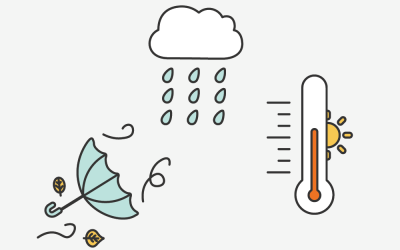
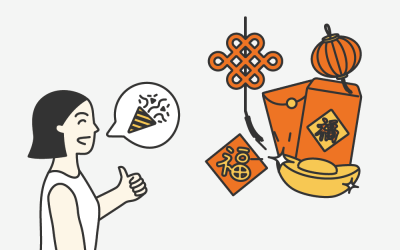


0 Comments